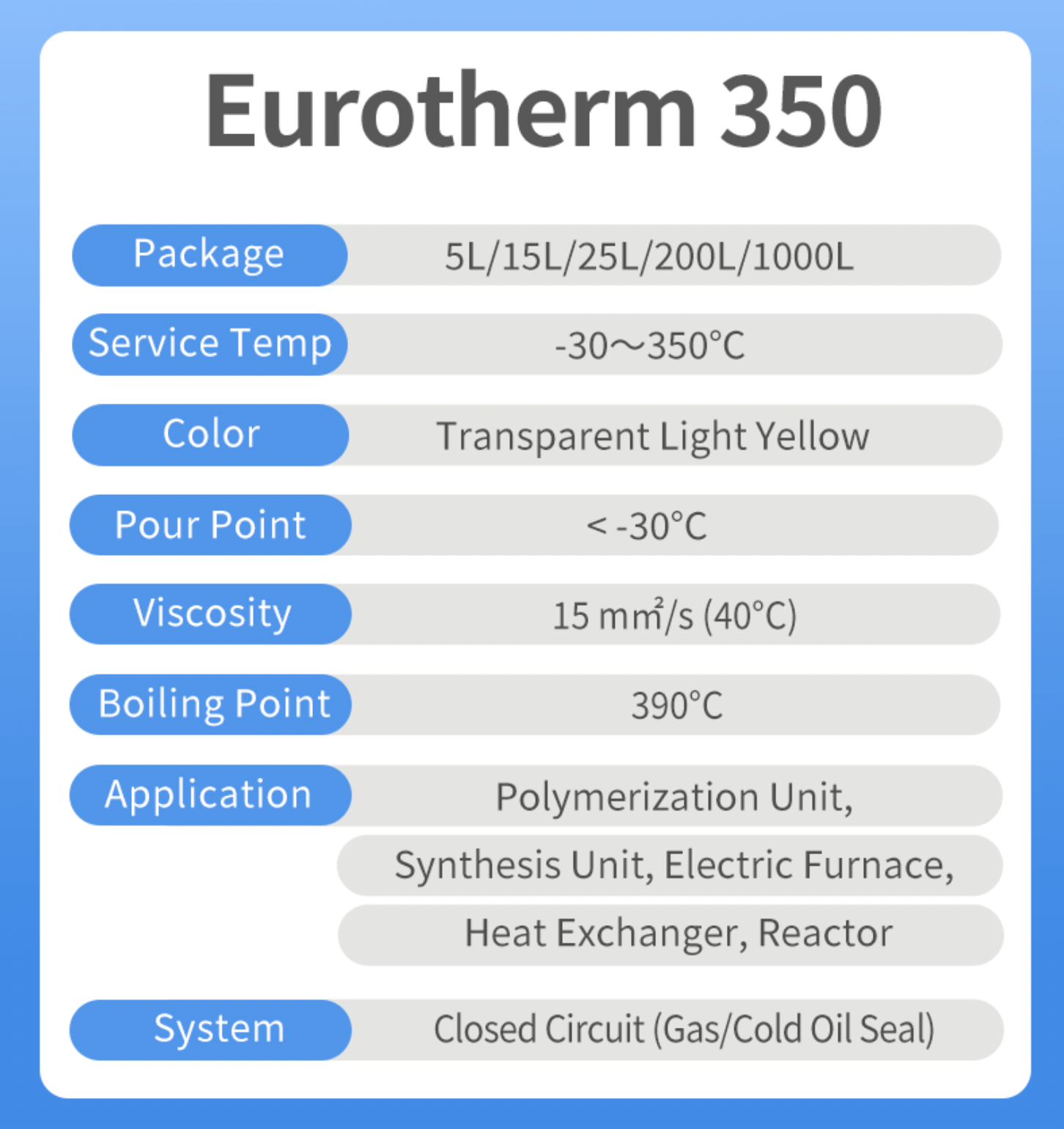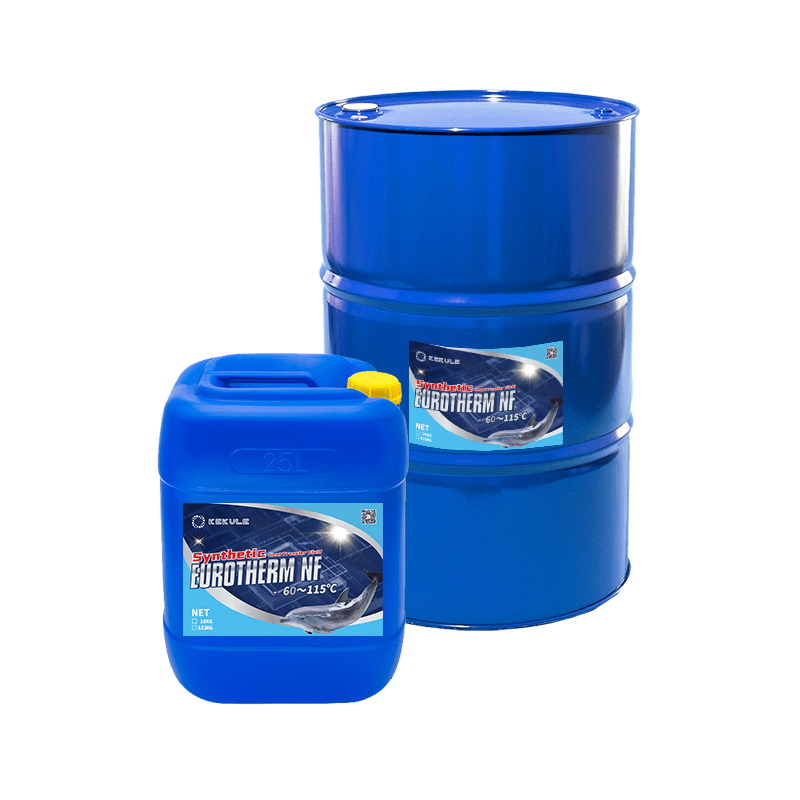The Buzz on Chemie
Wiki Article
Rumored Buzz on Chemie
Table of ContentsAll about ChemieThe Single Strategy To Use For ChemieFacts About Chemie UncoveredEverything about ChemieLittle Known Questions About Chemie.Not known Incorrect Statements About Chemie
By Bojanna Shantheyanda, Sreya Dutta, Kevin Coscia and David SchiemerDynalene, Inc. Fluid air conditioning, which can be accomplished making use of indirect or direct methods, is utilized in electronics applications having thermal power thickness that may exceed risk-free dissipation with air cooling. Indirect liquid cooling is where warmth dissipating digital elements are literally separated from the fluid coolant, whereas in case of direct air conditioning, the elements remain in direct contact with the coolant.However, in indirect air conditioning applications the electric conductivity can be important if there are leaks and/or splilling of the fluids onto the electronics. In the indirect air conditioning applications where water based liquids with rust inhibitors are usually utilized, the electrical conductivity of the fluid coolant generally relies on the ion focus in the fluid stream.
The boost in the ion focus in a closed loop liquid stream may take place because of ion leaching from steels and nonmetal elements that the coolant liquid is in call with. During operation, the electrical conductivity of the liquid may enhance to a degree which might be harmful for the cooling system.
How Chemie can Save You Time, Stress, and Money.
(https://gravatar.com/xylophonebriskly39b603cf82)They are bead like polymers that can trading ions with ions in a service that it is in call with. In the here and now work, ion leaching tests were executed with different steels and polymers in both ultrapure deionized (DI) water, i.e. water which is treated to the highest possible degrees of purity, and reduced electric conductive ethylene glycol/water blend, with the measured modification in conductivity reported in time.
The examples were enabled to equilibrate at room temperature level for 2 days prior to recording the preliminary electrical conductivity. In all tests reported in this research fluid electrical conductivity was measured to an accuracy of 1% using an Oakton disadvantage 510/CON 6 series meter which was calibrated prior to each dimension.
Not known Details About Chemie
from the wall surface heating coils to the center of the furnace. The PTFE example containers were put in the heating system when consistent state temperatures were gotten to. The test arrangement was eliminated from the heater every 168 hours (7 days), cooled down to space temperature level with the electric conductivity of the fluid gauged.The electrical conductivity of the fluid sample was monitored for an overall of 5000 hours (208 days). Number 2. Schematic of the indirect shut loop cooling down experiment set up - silicone fluid. Table 1. Components made use of in the indirect closed loop cooling experiment that touch with the liquid coolant. A schematic of the experimental arrangement is received Figure 2.

The Facts About Chemie Revealed
Throughout procedure the fluid storage tank temperature was maintained at 34C. The change in fluid electrical conductivity was monitored for 136 hours. The liquid from the system was collected and stored. In a similar way, shut loophole test with ion exchange resin was lugged out with the same cleaning procedures employed. The initial electric conductivity of the 230ml UP-H2O in the system gauged 1.84 S/cm.
0.1 g of Dowex resin was included in 100g of fluid examples that was absorbed a different container. The mix was mixed and alter in the electric conductivity at space temperature level was determined every hour. The determined change in the electrical conductivity of the UP-H2O and EG-LC test fluids including polymer or steel when immersed for 5,000 hours at 80C is revealed Figure 3.
Chemie for Beginners
Ion leaching experiment: Calculated adjustment in electric conductivity of water and EG-LC coolants having either polymer or metal samples when immersed for 5,000 hours at 80C. The outcomes show that steels contributed fewer ions right into the fluids than plastics in both UP-H2O and EG-LC based coolants.Fluids consisting of polypropylene and HDPE showed the lowest electrical conductivity changes. This can be due to the short, stiff, direct chains which are much less most likely to contribute ions than longer branched chains with weaker intermolecular forces. Silicone likewise performed well in both examination liquids, as polysiloxanes are generally chemically inert because of the high bond power of the silicon-oxygen bond which would protect against degradation of the material into the liquid.
Chemie for Beginners
It would certainly be anticipated that PVC would generate comparable outcomes to those of PTFE and HDPE based upon the comparable chemical frameworks of the products, nonetheless there might be other pollutants present in the her latest blog PVC, such as plasticizers, that may affect the electric conductivity of the fluid - dielectric coolant. Furthermore, chloride teams in PVC can additionally seep into the examination fluid and can trigger a rise in electric conductivityBuna-N rubber and polyurethane showed signs of degradation and thermal decay which suggests that their possible energy as a gasket or adhesive product at greater temperature levels might cause application problems. Polyurethane entirely disintegrated right into the examination fluid by the end of 5000 hour examination. Number 4. Before and after photos of steel and polymer examples immersed for 5,000 hours at 80C in the ion leaching experiment.
Calculated change in the electrical conductivity of UP-H2O coolant as a feature of time with and without resin cartridge in the shut indirect air conditioning loop experiment. The determined adjustment in electrical conductivity of the UP-H2O for 136 hours with and without ion exchange resin in the loophole is received Number 5.
Report this wiki page